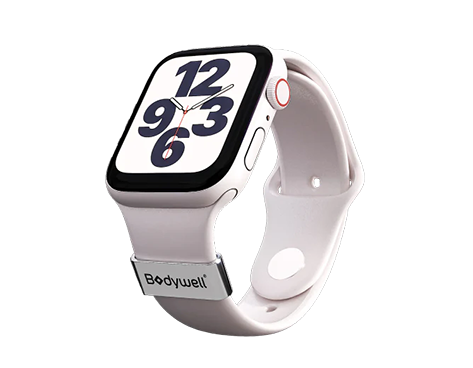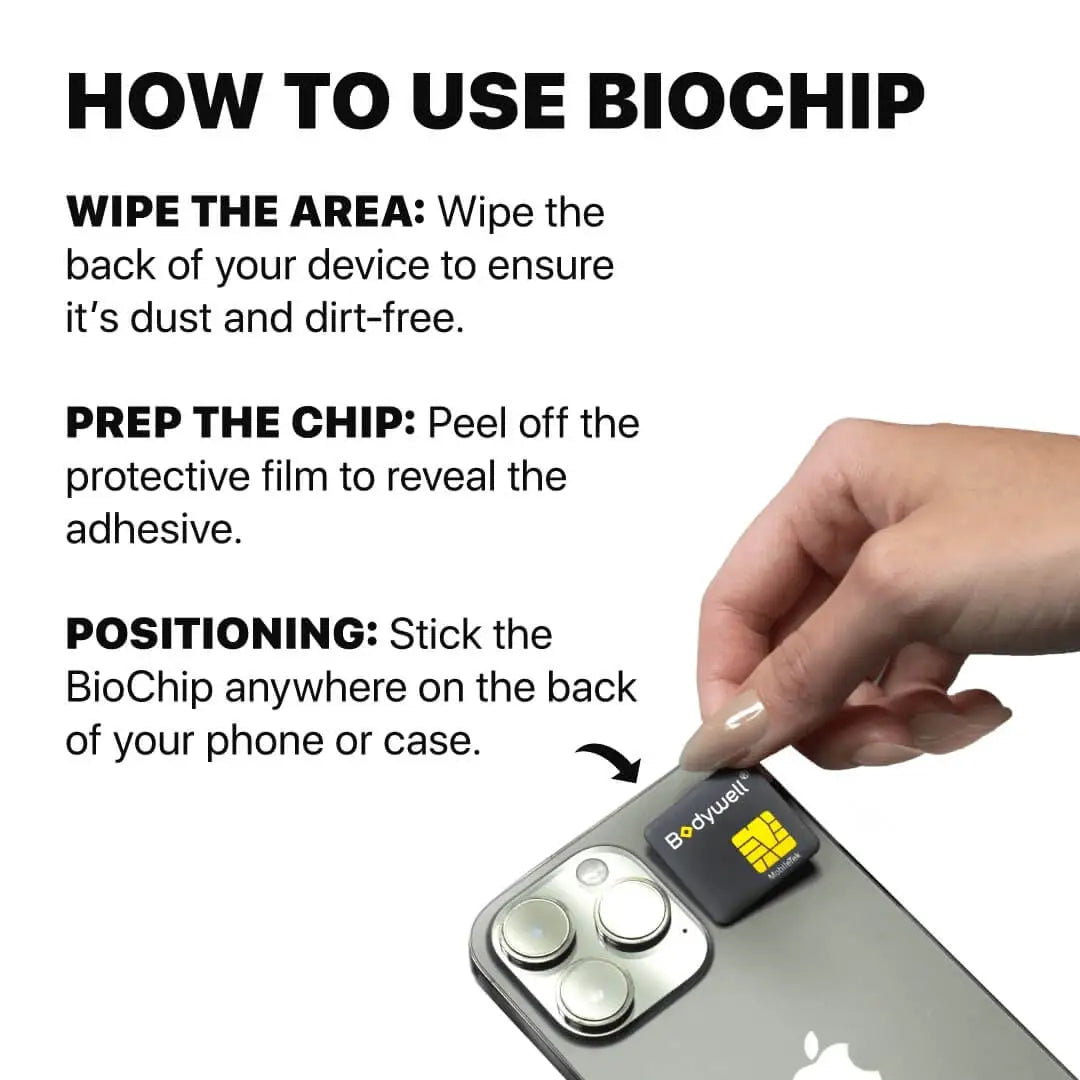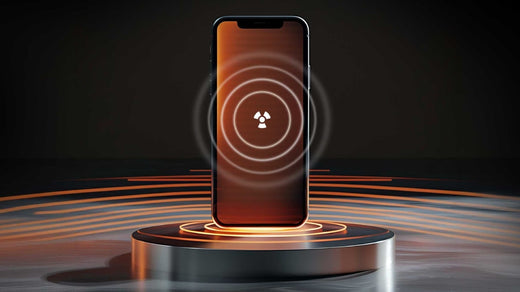In today's world, cell phones are indispensable, yet concerns about their safety continue to grow. Central to these concerns is the concept of SAR or Specific Absorption Rate, a critical measure of how much radiofrequency (RF) energy our bodies absorb from our phones. This article explores what SAR is, the regulatory limits in the US, and what can be done to protect cell phone users from potential risks.
What is SAR?
SAR, or Specific Absorption Rate, quantifies the amount of RF energy absorbed by the body when using a cell phone. Measured in watts per kilogram (W/kg), SAR provides a standardized way to evaluate the exposure levels and potential risks associated with RF radiation. SAR ratings are essential for ensuring that mobile devices are within safety limits to protect users from excessive radiation exposure.
What are the SAR limits in the US?
In the United States, the Federal Communications Commission (FCC) sets the SAR limits to ensure public safety. The maximum SAR level for cell phones is set at 1.6 W/kg, averaged over 1 gram of tissue. This limit aims to prevent harmful thermal effects that could result from prolonged exposure to RF radiation.
However, these regulations primarily focus on preventing immediate thermal effects rather than long-term health consequences. The FCC's SAR rating guidelines ensure that devices sold in the market do not exceed this threshold, but the long-term exposure and cumulative effects of SAR radiation are less understood and not thoroughly regulated.
The American Academy of Pediatrics has asked for a re-evaluation of the SAR to properly measure real-world exposures, stating that "the current metric of RF exposure available to consumers, the Specific Absorption Rate, is not an accurate predictor of actual exposure."
What Should Be Done to Protect Cell Phone Users?
To protect against potential risks associated with SAR radiation, users can take several precautionary measures:
1. Use EMF Radiation Protection Products: Utilizing products designed to reduce EMF exposure can mitigate potential risks. Bodywell®, for instance, offers EMF radiation protection products that are proven effective through rigorous testing. Key benefits of using Bodywell® include:
- Thermal Reduction: Bodywell® products can reduce thermal absorption by up to 20%, helping to minimize heat-related effects from EMF exposure.
- Reduction in SAR: Bodywell® products have demonstrated an 80% reduction in SAR, significantly lowering the amount of radiation absorbed by the body.
- PH Recovery: Prolonged EMF exposure can disrupt the body's pH balance. Bodywell® products help recover pH levels by 100%, maintaining the body's natural equilibrium.
2. Stay Informed: Understanding EMF safe levels and staying informed about the SAR ratings of the devices you use is crucial. Manufacturers provide SAR information, which can help consumers make informed choices about their device usage.
3. Advocate for Stricter Regulations: Advocating for more comprehensive regulations that consider both the thermal and non-thermal effects of RF radiation can lead to better protection standards. Research into the long-term effects of SAR radiation should be supported and encouraged.
Final Thoughts
The SAR-specific absorption rate is a crucial metric in understanding and regulating cell phone radiation exposure. While current regulations in the US focus on immediate thermal effects, there is a need for ongoing research and stricter guidelines to address long-term health risks. By staying informed and taking precautionary measures, users can better protect themselves from potential EMF exposure.
In conclusion, while SAR levels provide a useful benchmark for regulating cell phone radiation, there is still much to be understood about the long-term effects of EMF exposure. By using EMF protection products and advocating for more stringent regulations, we can ensure a safer environment for all cell phone users.




















Leave a comment
This site is protected by hCaptcha and the hCaptcha Privacy Policy and Terms of Service apply.